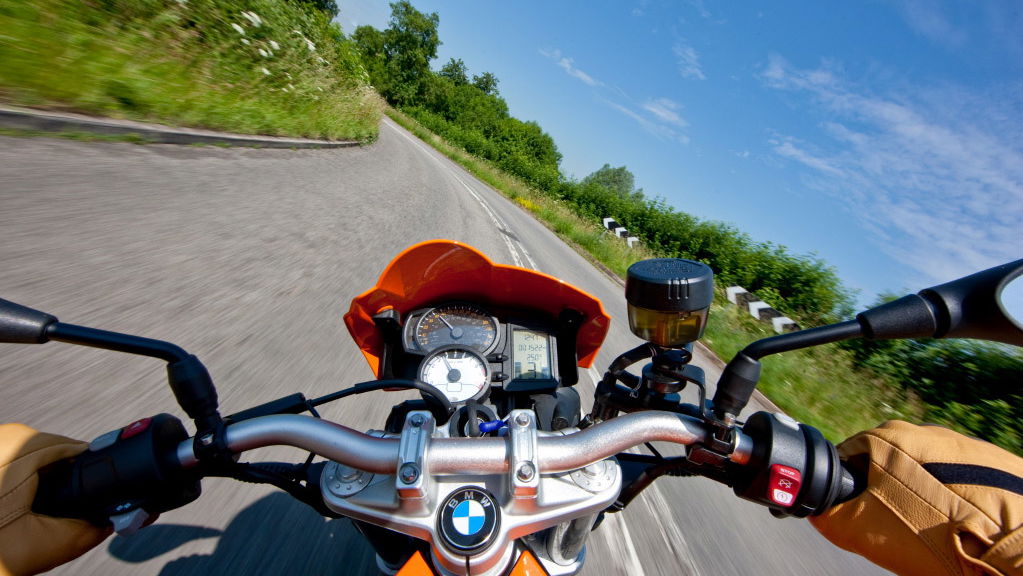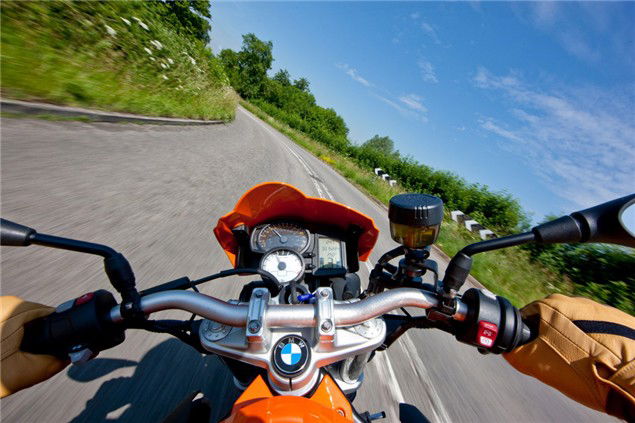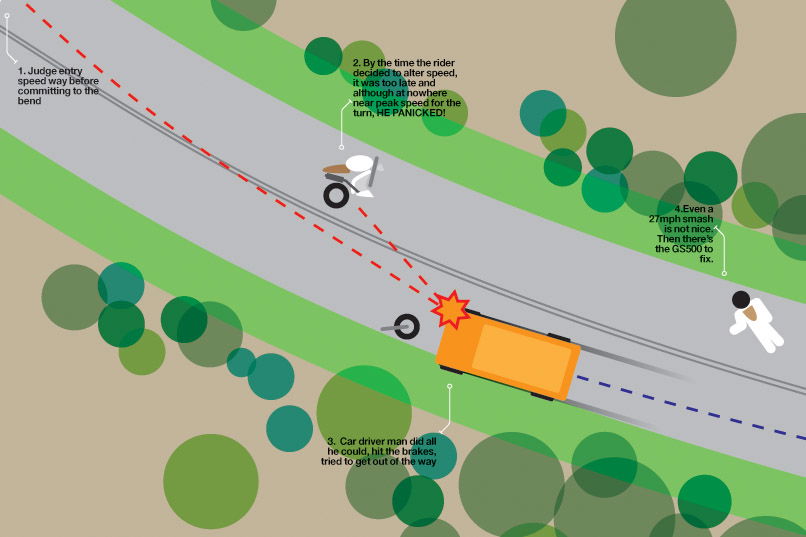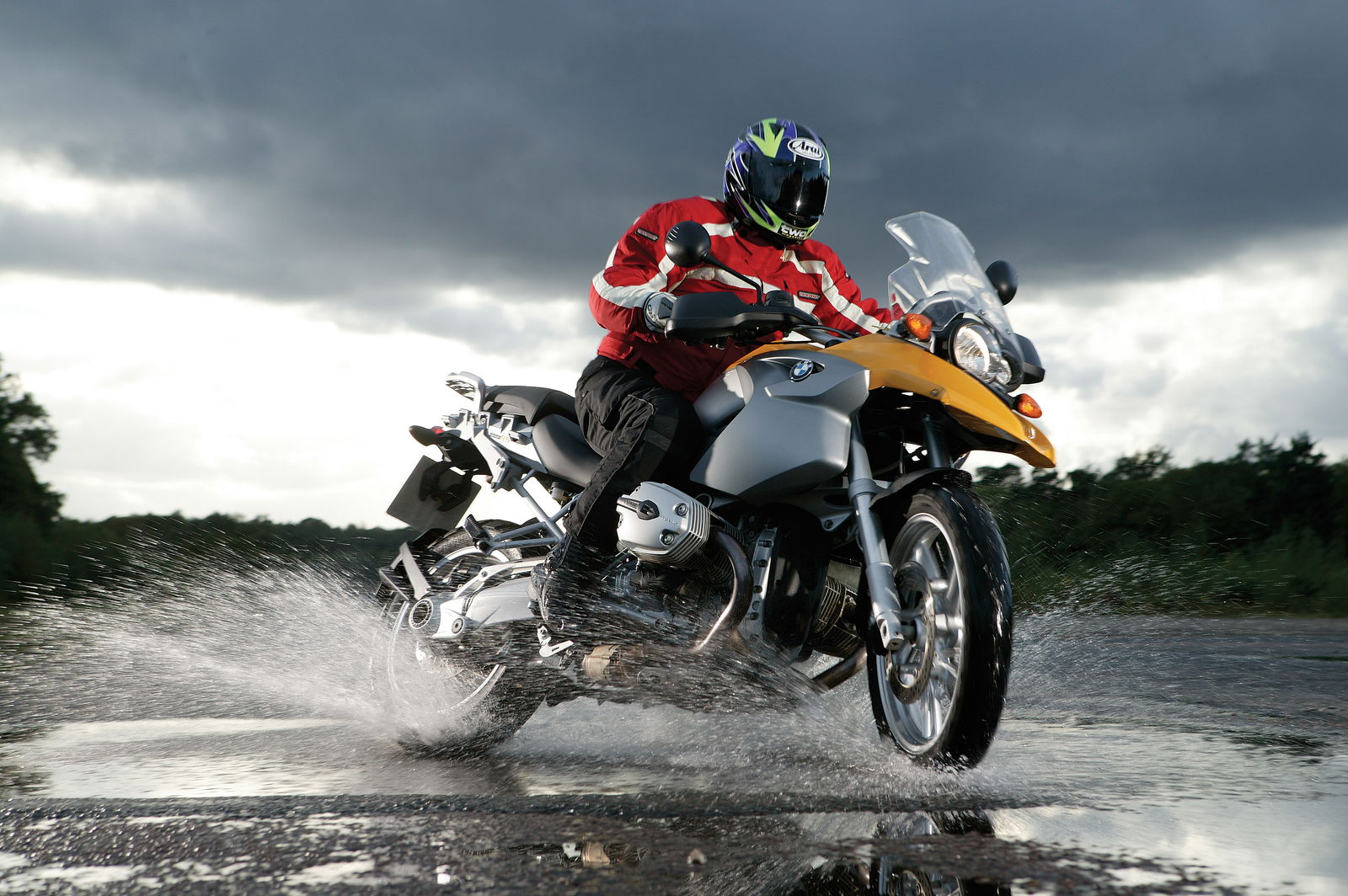Advanced Motorcycle Riding Course: Cornering - learning curve
PC Marcus McCormick, a West Midlands Police Bike Instructor, offers some solutions to developing corner confidence...


Ask any motorcyclist what aspect of his riding he most wants to improve and 99 per cent will say cornering. Apart from the massive acceleration differences, cornering and banking-over are the biggest differences between us and car drivers. And isn’t that one of the main reasons we choose to ride bikes? It’s such a shame then that it freaks some riders out and regularly hurts them unnecessarily.
Fear causes survival reactions to kick in and promotes panic actions. We all should feel slightly uneasy about the level of grip available on a public road and even if it’s good on the entry, will it remain good? Probably not. We cannot trust a road surface to be consistent.
What is a survival reaction? A paramedic motorcyclist friend of mine describes it as ‘Listening to your tummy’. As soon as you start to get that uneasy feeling or feel slightly sick... EASE OFF.
With panic comes a whole chain of unfortunate reactions. Grip tightens on the bars and at the other end you make a pucker mark on the seat. Arms straighten as your whole body tenses and your breathing and heart rate increase making you feel even worse. You back off the throttle violently or even worse grab a big handful of front brake which upsets the bike’s balance. You rush into an early apex as your field of vision zeros in on the object you think you’re going to hit and, guess what? You do.
As humans we naturally fear the unknown. Remember as a child how you used to fear the dark?
Fear of the unknown ruins your cornering but it doesn’t have to be that way. The fear comes from a lack of information. The most important aspect of any riding plan is the information it’s based on.
The first, and what should be the most obvious clue, would be to look across the bend and see where you’re going. Remember the phrase ‘Look where you’re going and go where you’re looking’? Very often the view is there but the rider is travelling too fast to look away from the road immediately ahead to find it. You should be looking for reference points to guide you through the bend.
Use the painted road markings. The more white paint there is on the road, the more danger is coming your way. Include the painted ‘SLOW’ or ‘ARAF’ in this equation. If there’s a solid centre line and you can see the point at which it breaks, at what appears to be the end of the bend, you’d be right to calm down. If you can just get that far you’ll more than likely be okay.
Use the road signs and pay attention to detail such as a hidden side road on the sign, assume that someone will be pulling out of it. One day you’ll be right. If the previous bend didn’t have a sign warning you of it but this one does, assume it’s a worse bend and scrub off more speed. Black and white chevron boards (usually near the apex of a turn) warn of bends ‘With particular attitude.’
Skid marks into the bend followed by holes in the hedge and flattened chevron boards all help in making this decision. Is there a hedge/fence line that may provide a clue? Rows of telegraph poles and trees can also provide information but be aware that they might disappear across a field.
If you are following a vehicle into the bend what speed is it doing? Is it braking or accelerating? If the brake lights are on as it enters the bend it is probably because the driver is being controlled by his survival reactions and can’t see a way out at that point. Consider vehicles exiting the bend towards you, are they travelling quickly relative to their design. A Citroen 2CV exiting at 60 mph has probably carried that speed through the whole corner, not having a particularly powerful engine. Be cautious of a Ferrari 430 Scuderia exiting at the same speed.
Vanishing points are often talked about. There’s no rocket science behind this theory – if a bend is tightening the view ahead will diminish. Supplement this view ahead on the approach to a corner by looking ahead through gaps in the hedge/wall/gate openings to gain more information about the shape of the road ahead. Most importantly don’t get sucked in by your mates and their entry speed.
Slow in quicker out is the only way to do it on the road.
Learn where the clues are and look for them. If you‘re prepared you are more relaxed. You won’t go in with half an idea on a closing throttle with a loaded front tyre on an untested surface.
Healthy caution is a good thing, panic helps nobody at all
Positioning for the bend is crucial. It’s a topic on its own and one we’ll explore at a later stage.
Few riders have the natural ability and talent to take all this in without some form of further rider training. So, is there such a thing as a bad bend, a nasty bend? Or is it just the rider?

